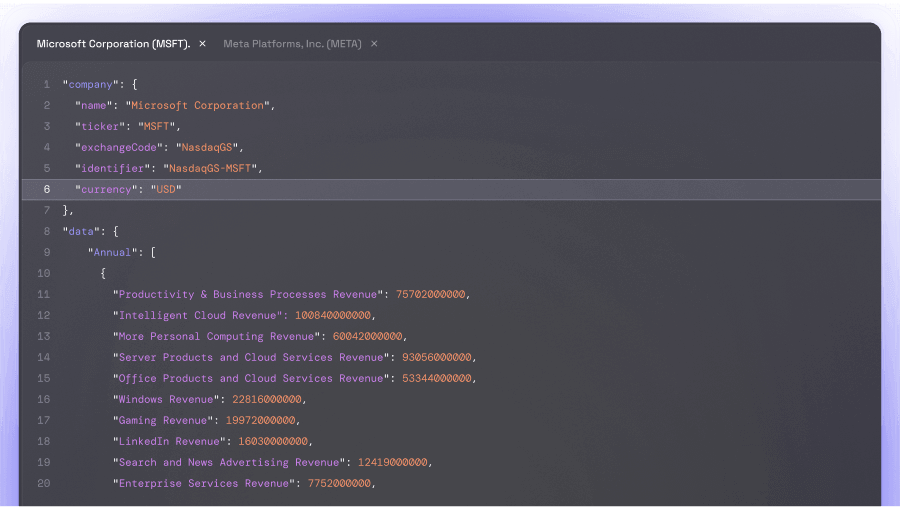Wealth
Angel Investments: Risky Game with High Returns – How Profitable is it to be an Angel Investor?
Learn how US angel investors benefit: A detailed, fact-based insight is still missing for the angel community in Canada.

Profit-oriented investment analyses from the US American angel community now available. A comparable, detailed analysis of the Canadian angel community is not yet known. This can help you think about whether you want to make money as an angel investor and what measures you should take. What key insights does this article offer?
The chances of making money depend on both a large portfolio and early investments. A study of 10,665 investor portfolios showed that the realized and unrealized IRR was around 15%, but the median IRR for a portfolio of 50 companies was around 10%.
11% of the 50-company portfolios incurred losses. Most of the profits come from a single large exit. You may need a large portfolio, luck, and the ability to wait for 10+ years. In what three ways can we consider the data on the profitability of angel investments?
As a collective asset class, taking into account multiple angel investors. As an individual angel group or angel fund. The profitability of an individual angel investor, such as yourself. You have the potential to earn money as an angel investor if: you or your co-investors have deep market knowledge of each portfolio company's customers and market. You invest significant time in due diligence.
They continue to remain active in the company even after the initial financing. They have the financial means to create a diversified portfolio of at least 25 companies with follow-on investments. They can wait for 10 years to achieve significant financial returns.
How profitable was angel investing until 2007?
This study examined the results of 1,137 exits (acquisitions, initial public offerings, or company closures) of 539 angel investors in angel associations over a period of 20 years, with most exits occurring after 2004.
The average return was 27% (excluding expenses and assuming a zero value for the investors' time). Due diligence had a significant impact on the investors' capital return. Angels who invested less than 20 hours had an average return of 1.1X capital.
Angels who invested more than 20 hours achieved an average return of 5.9X capital. Angels who invested more than 40 hours achieved an average return of 7.1X capital. The investors' knowledge of the industry of the portfolio company had a significant impact on the capital return.
Investors with at least 14 years of relevant industry experience had double the capital returns compared to investors without relevant industry experience. Continuous involvement in the portfolio company (e.g., coaching and mentoring, acting as lead investor, being a member of the advisory board or board of directors) has a significant impact on investor returns. Angels who interacted with the company twice a month achieved a 3.7X return on investment.
Angels who interacted twice a year received a 1.3X return. More frequent interaction than twice a month did not lead to an improvement in returns. In this case, the quality and nature of the interaction were more important than the frequency. 52% of all exits resulted in losses.
7% of the exits generated more than 10 times the invested amount and accounted for 75% of the total return. 39% of investors had portfolios with losses. The top 10% of investors achieved 50% of the returns. 45% of startups had no revenue when they received the angel investment.
How profitable was angel investing until 2020?
The data scientists at AngelList analyzed 10,665 investor portfolios. The analysis revealed that the realized and unrealized IRR for all investments is 15%. The aforementioned study from 2007 only examined the realized IRR. The median IRR return for investors is strongly influenced by the number of companies in their portfolio.
50-company portfolios had a median IRR of about 10%; 11% of these investors incurred losses.
20-company portfolios had a median IRR of approximately 7%; 16% of these investors incurred losses.
Portfolios with 10 companies had a median IRR of about 6%; 32% of these investors experienced losses. Portfolios with 1-5 companies had a median IRR of 0%.
How was the performance of some individual angel funds in the USA in 2020?
The report "Investor Insights" by the Angel Capital Association (ACA) for 2020 provides insights from some major and long-established US angel groups. The article does not mention these groups by name. Please refer to the report, which is available to ACA members, for the names of the groups.
Angel group A analyzed 159 results (exits and closures) since 1997.
#1 A large portfolio is the key to achieving high returns. Equal investments in all companies would have yielded a return of 4.8X. 3 of the 159 exits accounted for 74% of the total return. A Monte Carlo simulation showed that only 26% of investors with a portfolio of 5 companies would have achieved a 4.8X return. Even with a portfolio of 50 companies, there was only a 37% chance of a 4.8X return.
#2 Great Returns Require the Ability to Wait for 10 Years. It Takes 4.5 Years to Recoup the Initial Investment. There Are Many Failures in the First Years. It Takes 10 Years to Achieve a 4.8X Return. After 10 Years, There Is Only a Very Slight Increase in Returns. Angel Group B Analyzed the Returns of Its 27 Members over 20 Years. A Large Portfolio Is the Key to Great Returns. Investors with a Portfolio of 25 Companies Had a 4.5 Times Higher IRR Return than Investors with a Portfolio of 1-4 Companies.
How profitable were the individual portfolio and 3 angel funds?
The ROI ranged from 7.2% to 7.7%, significantly below the S&P500 Index. This analysis was based on the timing and dollar amount of each individual investment and exit.
Why do the results differ from other publications?
The published results of angel groups often do not take into account the timing and dollar amount of each individual investment action. Assumptions are made because angel group members do not disclose details of every transaction.
An example of the effects: An angel group reported a 12X return, while the author of the analysis only received a 1.5X return. The 12X return was achieved by investing on the first day. The author invested in a later round. The analysis of the angel group assumed that all investments were made on the first day. Some of the conclusions reached by the author are: Most profits come from a single large exit. You need a large portfolio and luck. Expect to wait 10 years to recover your initial investment, and 12-15 years for the big gains.
The actual profit in angel investing is the satisfaction of helping founders. How do you proceed now?
Check your overall investment thesis, e.g. which asset classes will you invest in, why, and what are the expected...






